The mystery behind the lop-eared lions in the Forbidden City, a thousand years without an answer
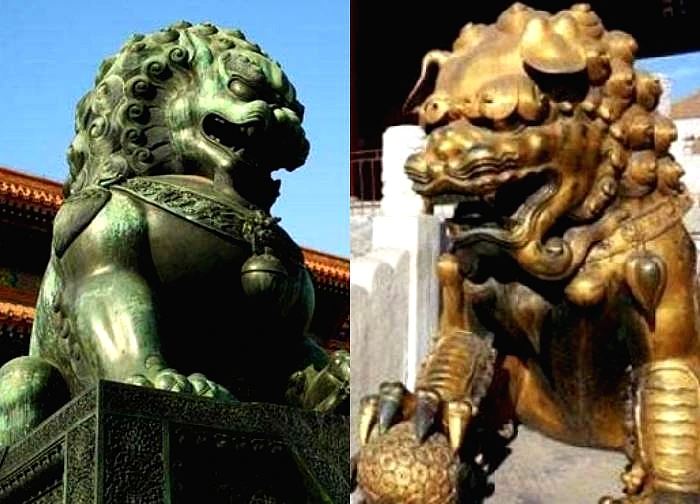
2 | 0 Discuss | Share
The arrow on the plaque at Long Tong Mon, the Van Long stone sculpture behind Bao Hoa Palace and the lion statue with a strange posture will forever be unsolved mysteries in the Forbidden City.
The Forbidden City is a symbol of the supreme power of the Chinese feudal dynasties. Not only is it a massive and sophisticated architectural work, but it is also a place that hides countless mysterious stories. During its more than 600 years of existence, this golden palace witnessed many dynastic events, power struggles, and strange legends that make future generations shudder. Among them, the three most famous stories are about "five palace maids on the red wall", "mysterious arrow at Long Tong Mon" and "lion covering crotch" on Doan Hong bridge, all of which have not yet been definitively solved.
Five palace maids walking on the red wall in the Forbidden City
The most famous story associated with the Forbidden City is the phenomenon of "5 palace maids walking on the red wall" told by many tourists. One rainy afternoon, thunder and lightning covered the sky, a group of tourists were taking shelter from the rain in the palace grounds when they suddenly saw 5 figures wearing ancient palace costumes, walking lightly on the vermillion wall. They walked in a line, silent, with an ethereal appearance as if floating in the rain. When tourists tried to record a video, those figures suddenly disappeared as if they had never existed.
Initially, the story was considered superstitious. But later, some experts put forward a scientific hypothesis that sounded reasonable. According to them, the red wall in the Forbidden City contains a lot of iron oxide - a substance that can conduct electricity and retain magnetism. When lightning strikes, a phenomenon of electromagnetic induction may occur, causing the image that was reflected on the wall in the past to be "re-projected".
This hypothesis is loosely called the "natural magnetic tape effect". Similar to the way video tapes preserve images, the red wall "recorded" the moment when 5 palace maids passed by on a rainy day many years ago. And every time the weather and electromagnetic conditions are identical, that scene is "replayed" like an ancient film - giving modern tourists the opportunity to witness "the shadow of the past".
Although it is just a hypothesis, the coincidence of time, location and meteorological phenomenon makes many people believe that the Forbidden City actually contains special energy - a place where time, memory and matter mysteriously intersect.
Rusty arrow on Long Tong Mon sign
If you have the opportunity to visit the Forbidden City, you will easily notice a strange detail on the large wooden board hanging at Long Tong Mon – the main gate leading to the front hall and the back palace. Among the majestic patterns, there is a rusty arrow embedded deep into the board, as if someone had just shot it and forgotten it for centuries. Why did this arrow appear in the most solemn place in the palace?
According to records and folk legends, during the reign of Emperor Jiaqing (Qing Dynasty), the empire began to weaken, and the White Lotus Cult peasant uprising broke out everywhere. At that time, Emperor Jiaqing was on vacation at the summer villa, and the palace was almost unguarded. A group of rebels, informed by someone in the palace, immediately led their troops straight into the Forbidden City.
When they reached Long Zongmen Gate, Crown Prince Mien Ninh – son of Emperor Jiaqing (later Emperor Daoguang) – led a small group of guards to fight fiercely. The fierce fighting left many dead. When the rebels were defeated, the court discovered an arrow stuck firmly into the main gate’s panel, as proof of the battle to protect the throne.
When King Gia Khanh returned, he did not remove the arrow, but ordered it to be kept as a reminder to his descendants: "The country cannot be neglected even for a moment." From then on, the arrow became a symbol of warning - a "living relic" of loyalty and vigilance in troubled times.
Lion "covering his crotch" on Doan Hong bridge
While the stone lions in the Forbidden City are usually majestic, symbolizing power and prosperity, the lion on the Duanhong Bridge is completely different. It squats, one leg scratching its head, the other covering its lower body, its face grimacing as if it is suffering extreme pain. This strange image is associated with the sad story of Emperor Daoguang and his eldest son, Prince Yiwei.
When he was young, Dao Quang loved Yi Wei very much and intended to choose him as his successor. However, Yi Wei was lazy, loved to play, and even insulted his teacher. In a fit of anger, the emperor kicked his son hard. Unexpectedly, the kick hit a vital spot, causing the prince to become seriously ill and die within a few days.
Regret tormented the emperor for many years. One day, while passing the Doan Hong Bridge, he saw a lion statue covering its crotch and suddenly remembered his son. Dao Quang had the statue covered with red cloth so that no one would see the "heart wound". From then on, people rumored that Dich Vi's soul had turned into a stone lion, forever staying in the forbidden palace, guarding his father's regret.
Beijing residents say no one dares to touch this lion, because it is believed to bring bad luck. Even conservationists only dare to clean from a distance, avoiding touching the "sensitive" parts of the statue.
The three stories are also three mysteries that clearly demonstrate the endless attraction of the Forbidden City. This place not only preserves enormous material values, but is also a "living museum" of Chinese culture, beliefs and folk beliefs.
The red wall reflects the shadows of ancient people, the rusty arrows tell stories of war, and the stone lions hide the pain of the royal family. All blend together to create a picture that is both magnificent and mysterious. Although science can partly explain it, the Forbidden City still brings an indescribable sense of sacredness.
5th generation granddaughter shocks people because her beauty is so similar to Empress Dowager Cixi 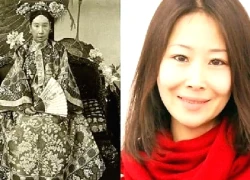 Hải Dương17:17:00 17/10/2025Comparing the image of the 5th generation granddaughter of the family with rare photos of Empress Dowager Cixi in the past, netizens could not help but be surprised when their beauty was so similar, even as if they came from the same mold.
Hải Dương17:17:00 17/10/2025Comparing the image of the 5th generation granddaughter of the family with rare photos of Empress Dowager Cixi in the past, netizens could not help but be surprised when their beauty was so similar, even as if they came from the same mold.

2 | 0 Discuss | Share
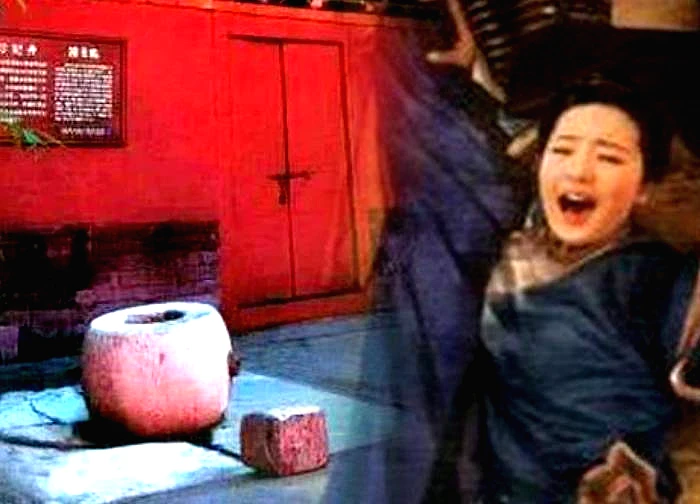
1 | 0 Discuss | Share
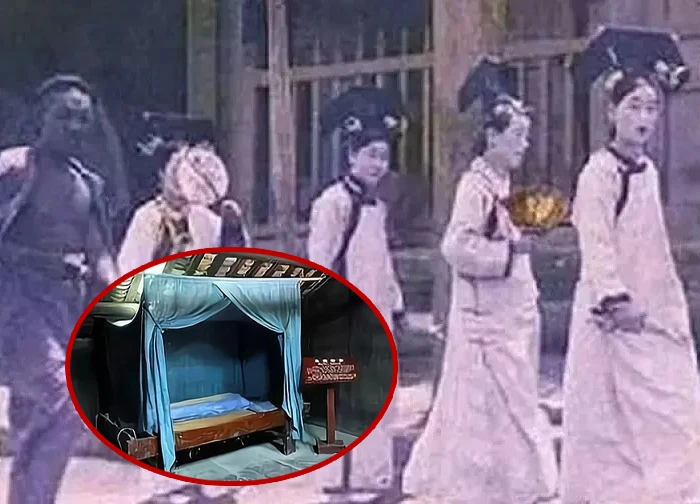
1 | 0 Discuss | Share
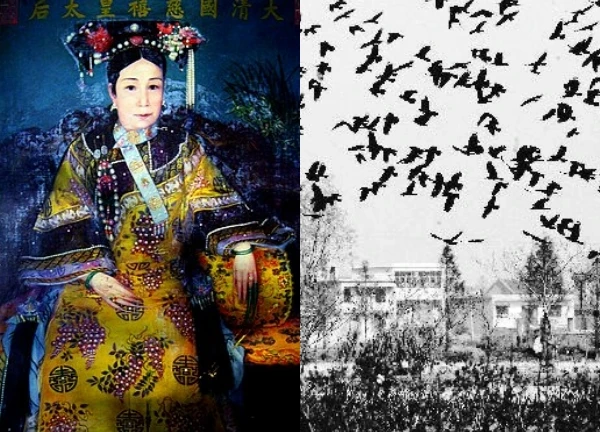
1 | 1 Discuss | Share
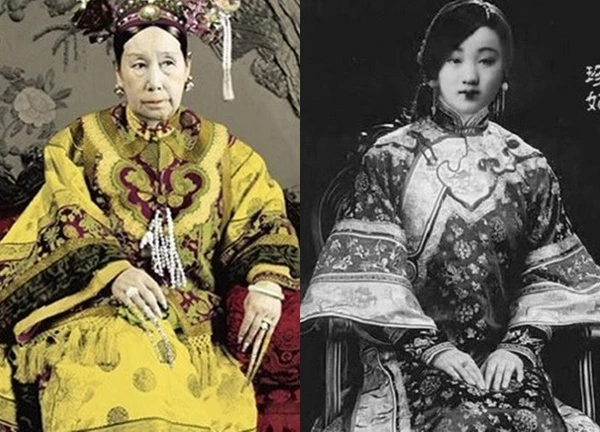
2 | 1 Discuss | Share

1 | 0 Discuss | Share

3 | 0 Discuss | Share

4 | 0 Discuss | Share
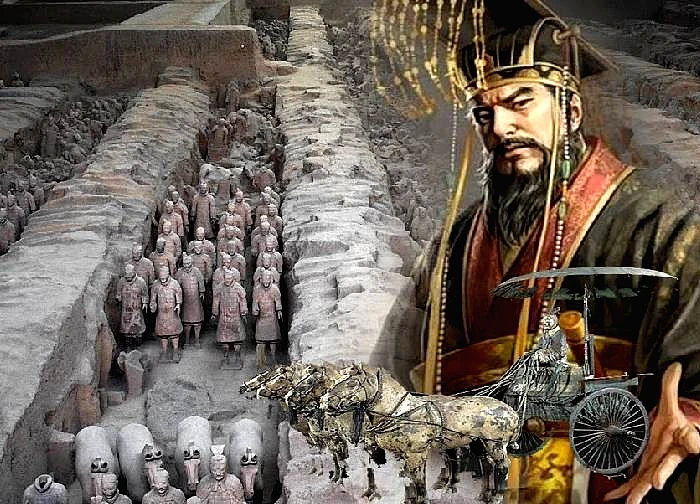
1 | 0 Discuss | Share

1 | 0 Discuss | Share

2 | 0 Discuss | Share
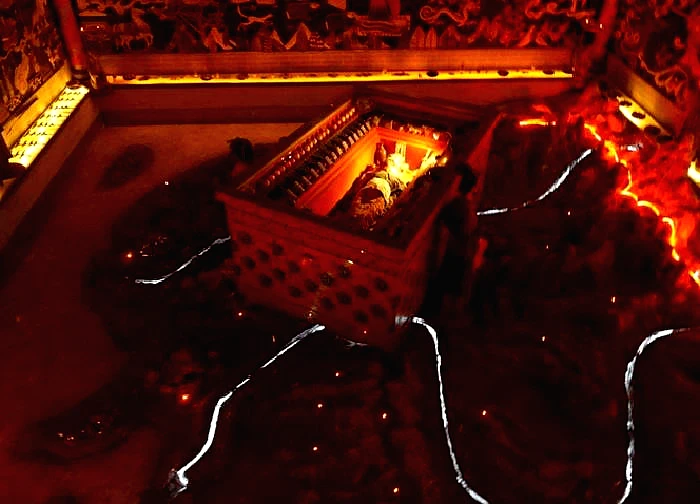
2 | 0 Discuss | Share


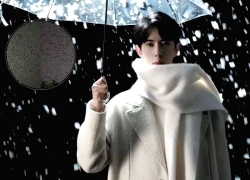

3 | 0 Discuss | Report